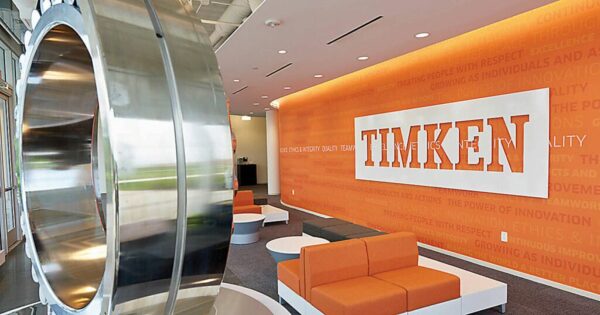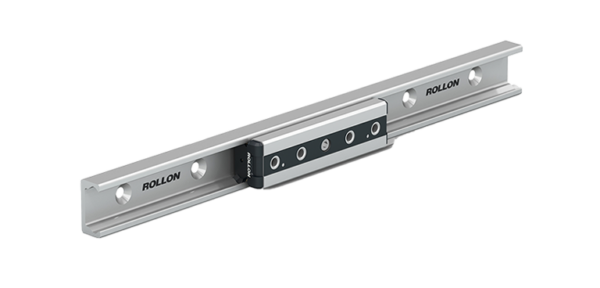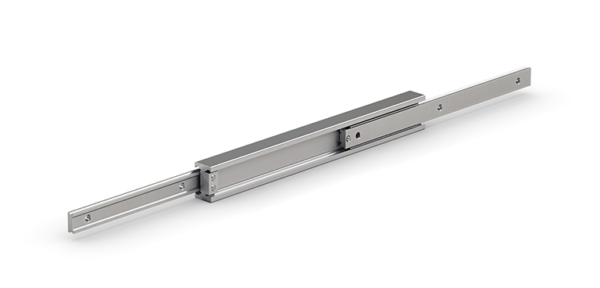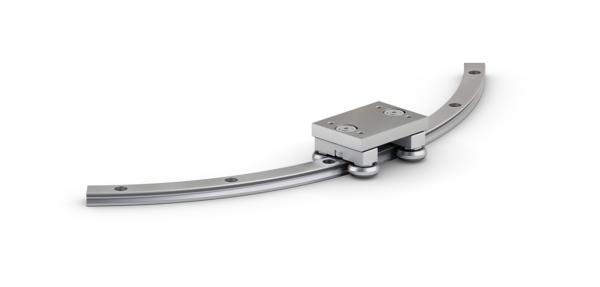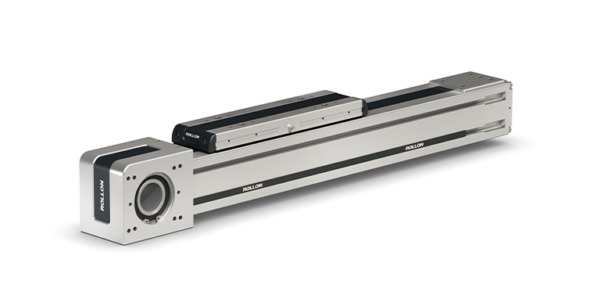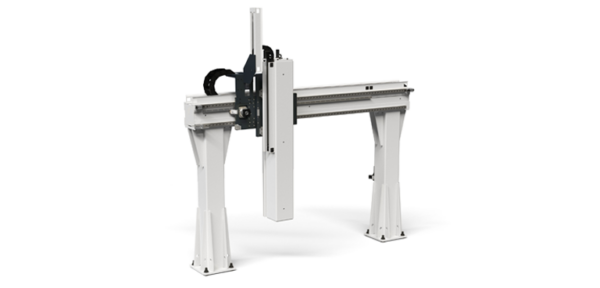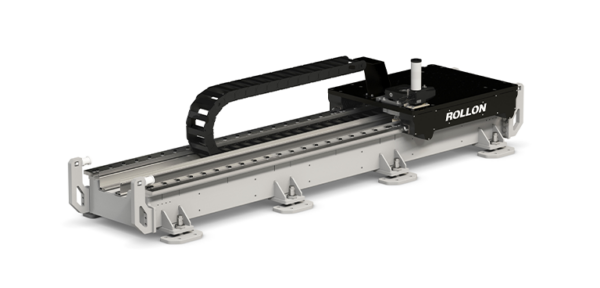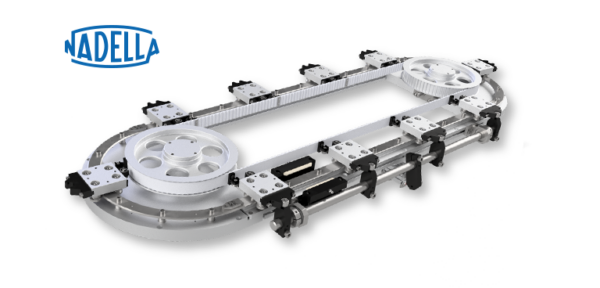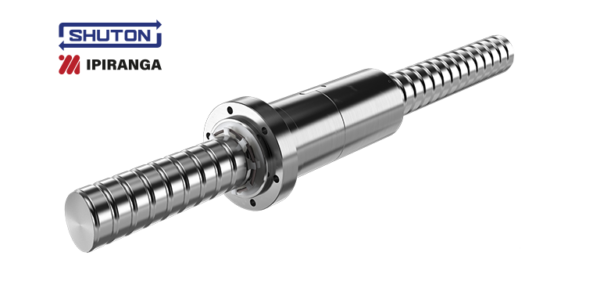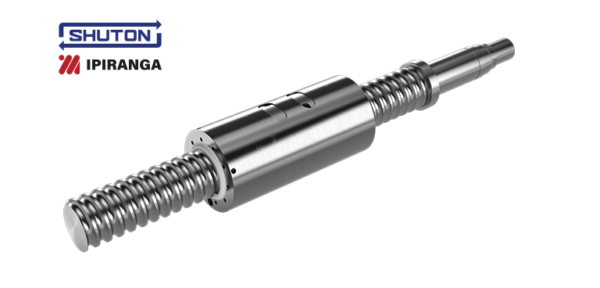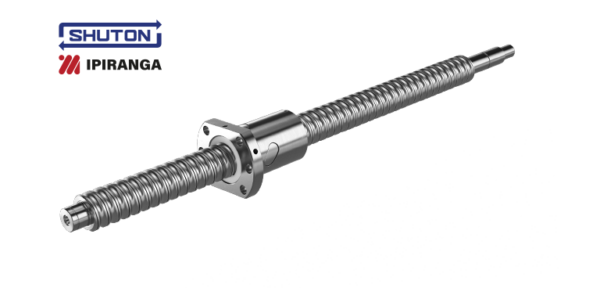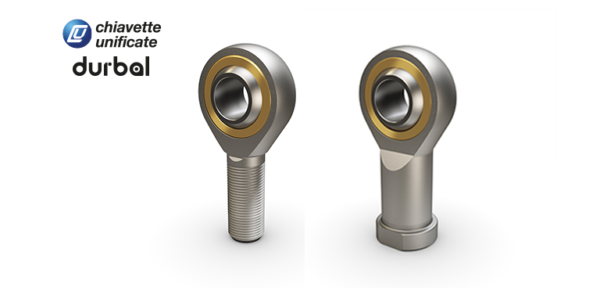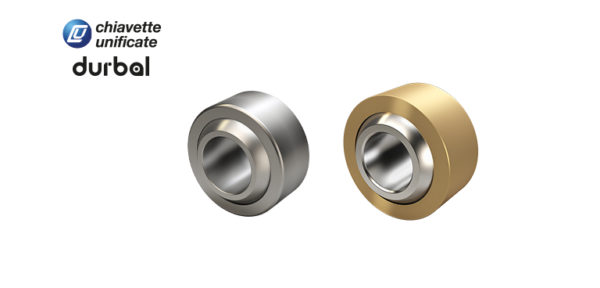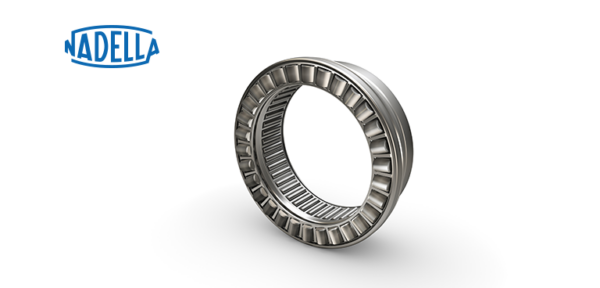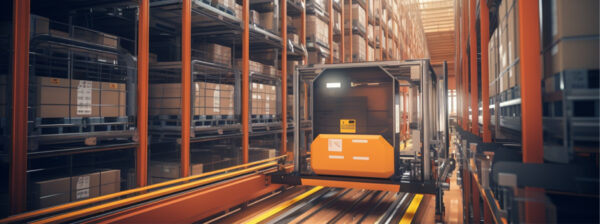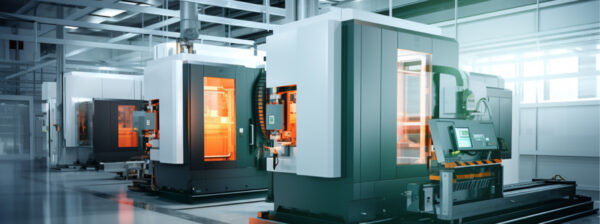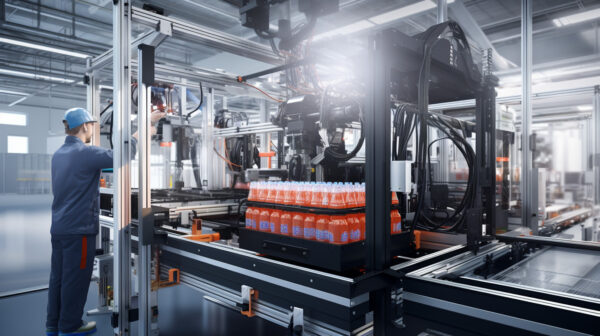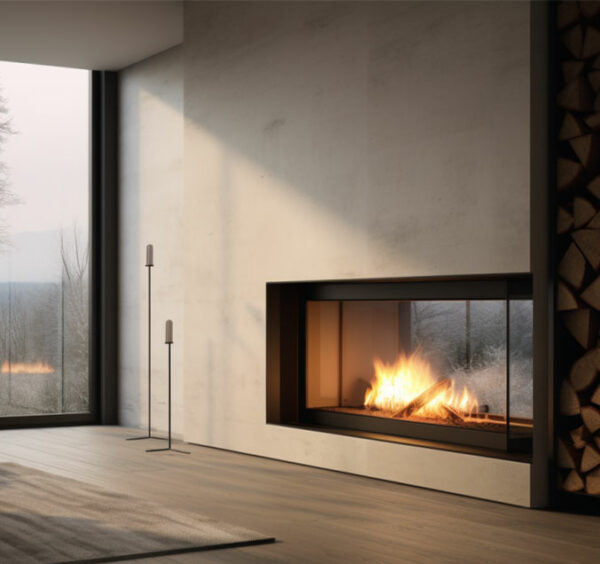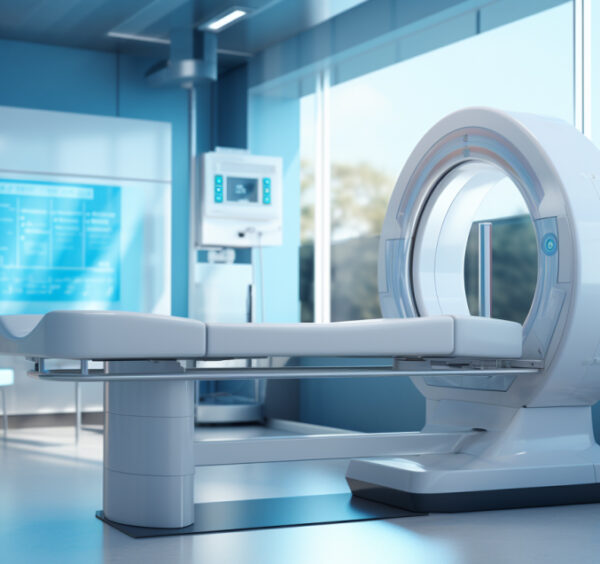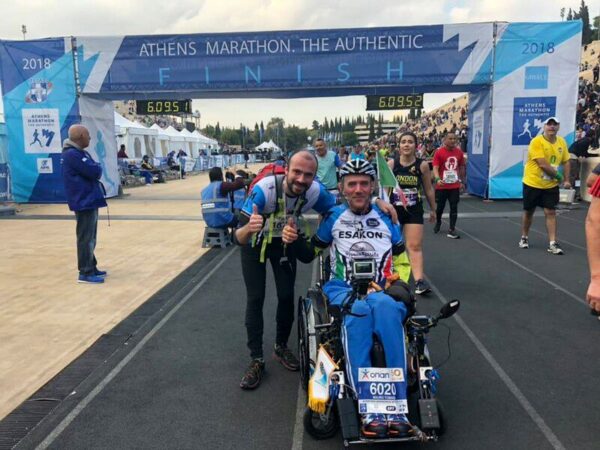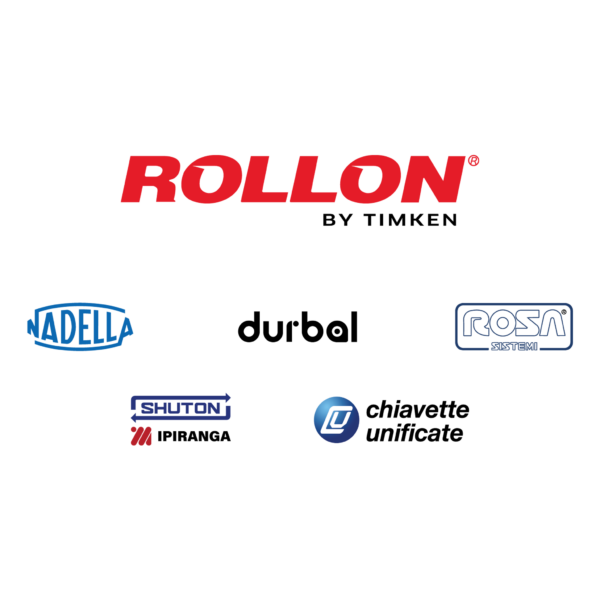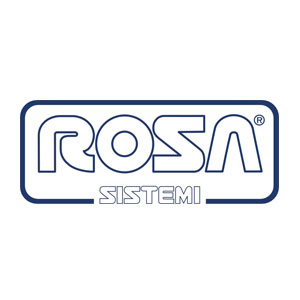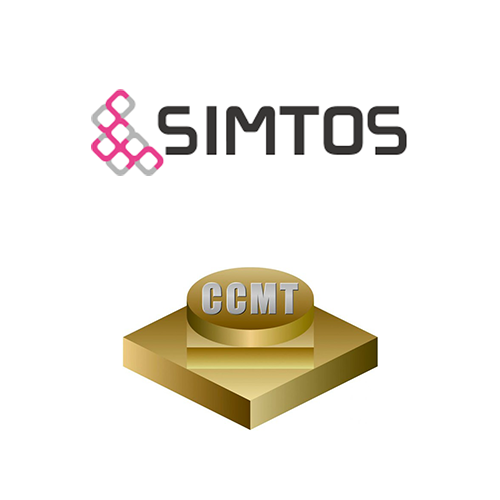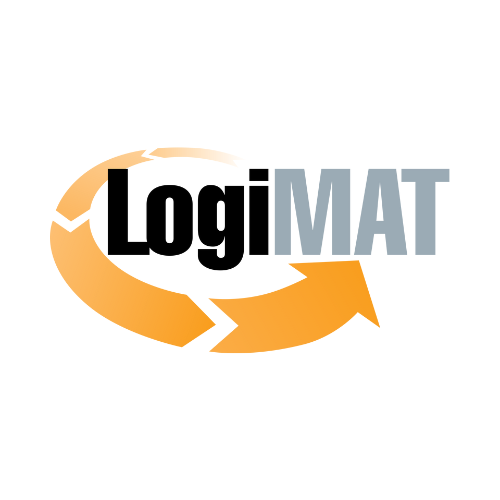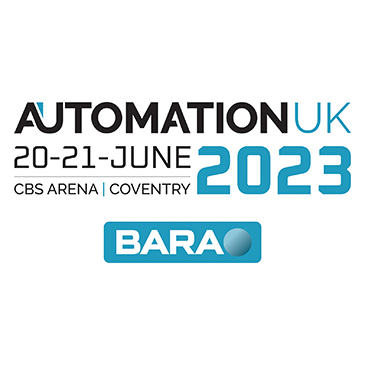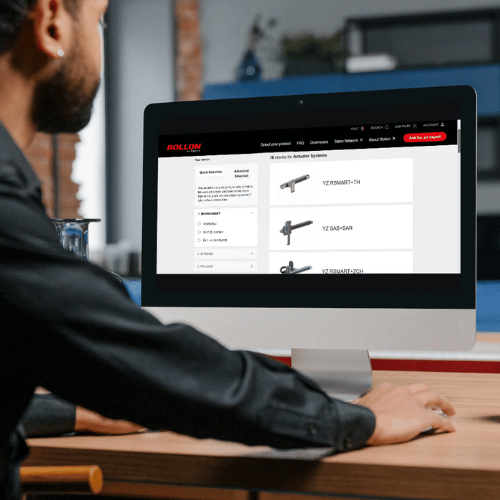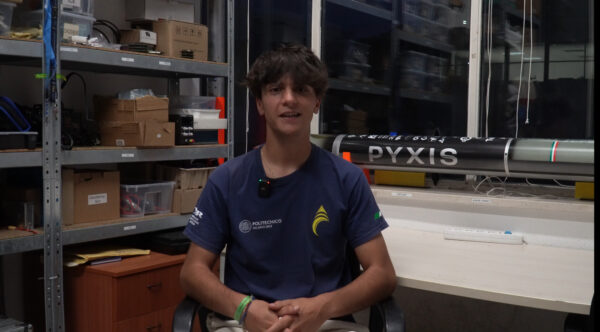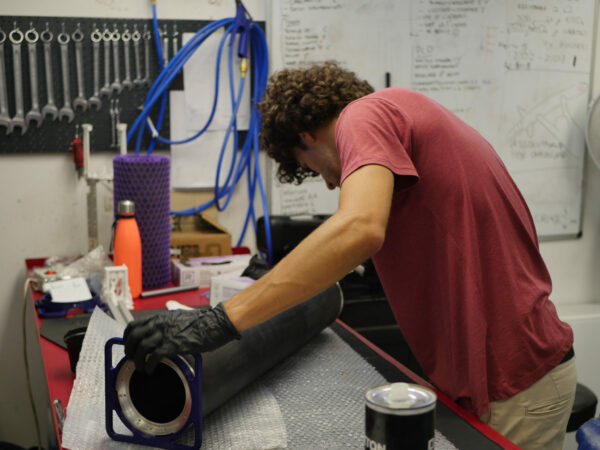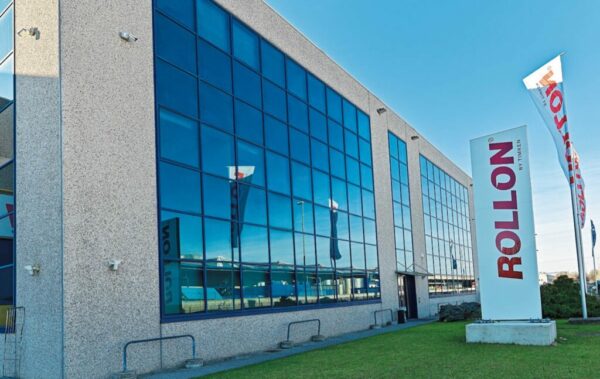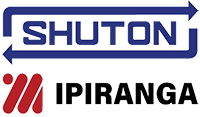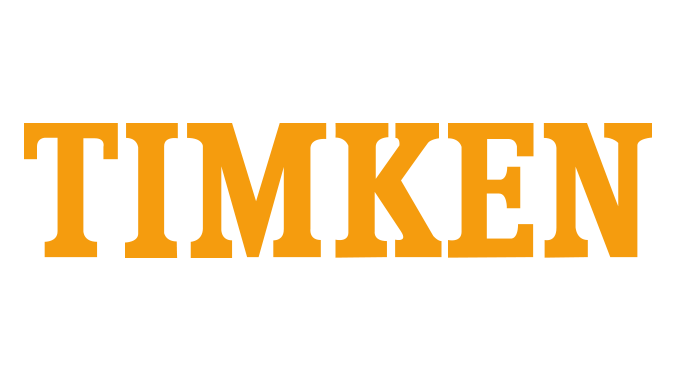Rollon linear rails, telescopic rails and actuators come with various surface treatments for high corrosion resistance. There is also a complete range of stainless-steel products that make it possible to withstand the most hostile environments.
Corrosion is an irreversible process that alters the nature of any component made of steel after being exposed to humidity or acid or basic substances. The physical characteristics of the material change, rust appears, and the metal breaks down.
For linear or telescopic rails, or more generally, for all linear motion components, corrosion causes the quick and inevitable deterioration of the quality of movement, and it weakens the component’s structure, which leads to dangerous consequences for the efficiency of any system.
For this reason, it is important that each solution be designed and studied to fit the characteristics of the environment in which it is to be installed: an excellent, high-performance, correctly dimensioned rail that has not been treated properly will, in an extremely corrosive environment, undergo a drastic reduction in its life span, and inevitably be classified as a wrong choice.
To this end, Rollon offers several anti-corrosion treatments and materials for its products, in order to always offer the best solution for each specific application and increase system reliability and efficiency. Let’s take the most demanding railway applications as an example. The corrosion resistance standard required for components is 500 hours in salt mist, according to ISO 9227 specifications which determine the Salt Spray Test. Rollon offers the Zinc Nickel treatment for these applications, which exceeds the standard by 63% with 816 hours of resistance in salt mist.
But let’s take a closer look at all the specific treatments that Rollon has to offer.


